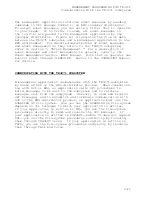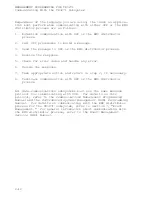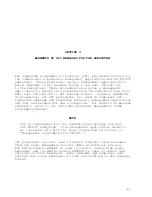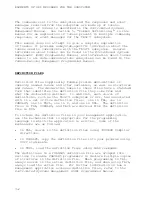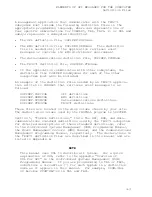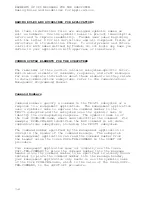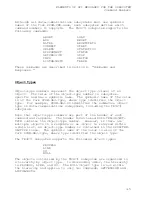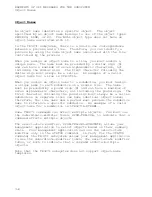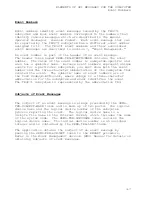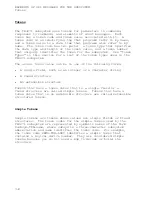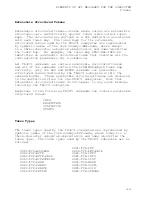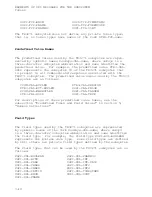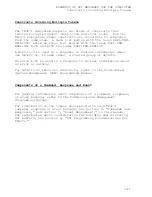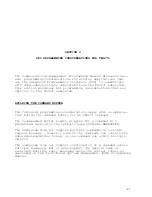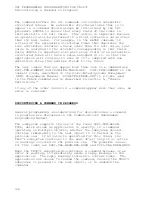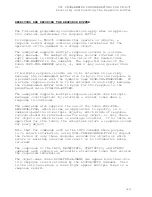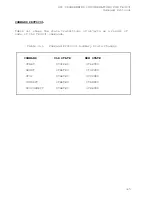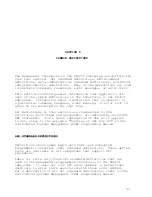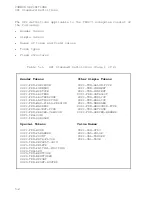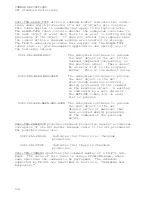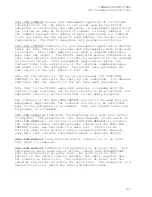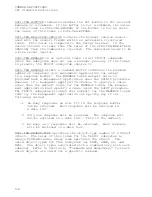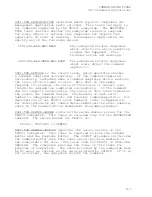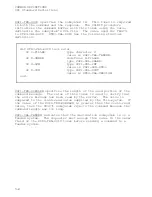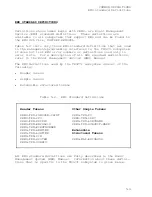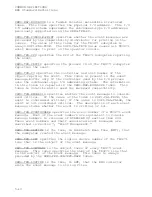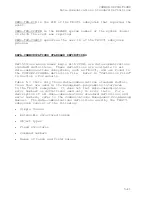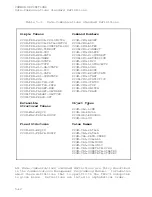
SPI PROGRAMMING CONSIDERATIONS FOR TR3271
Discontinuing a Command in Progress
The command buffers for all commands can contain extensible
structured tokens. An extensible structured token that is to
appear in a command should always be initialized by the SPI
procedure SSNULL to ensure that every field of the token is
initialized to its null value. This action is important because
an operation will be performed if a field contains a value other
than its null value. For example, in the ALTER command, if
a field of the extensible structured token that describes the
line attributes contains a value other than its null value, that
value is assigned to the attribute corresponding to that field.
Using SSNULL is important even when every field of an extensible
structured token will have a value assigned to it, so that the
application will continue to work if it is compiled with new
definition files that add new fields to the token.
The only tokens that can appear more than once in a command are
ZSPI-TKN-COMMENT and ZCOM-TKN-TRACE-OPT. ZSPI-TKN-COMMENT is the
comment token, described in the
Distributed Systems Management
(DSM) Programming Manual. ZCOM-TKN-TRACE-OPT is a token used
in the TRACE command and is described in Section 5, "Common
Definitions."
If any of the other tokens in a command appear more than once, an
error is returned.
DISCONTINUING A COMMAND IN PROGRESS
General programming considerations for discontinuing a command
in progress are discussed in the
Communications Management
Programming Manual.
The subsystem supports the use of the token ZSPI-TKN-ALLOW-
TYPE, which allows an application to specify, in a command
operating on multiple objects, whether the subsystem should
continue immediately to the next object if it failed on the
previous one. If no value is specified for this token, the
TR3271 subsystem continues to the next object only if no errors
or warnings occurred on the previous one. The possible values
for this token are ZSPI-VAL-WARN-AND-NORM and ZSPI-VAL-NORM-ONLY.
When the TR3271 subsystem discontinues a command because of an
error or warning, it immediately sends a reply message to the
application. The reply message contains a context token. The
application can choose to resend the command, causing the TR3271
subsystem to proceed to the next object, or to abandon the
command.
4-2

